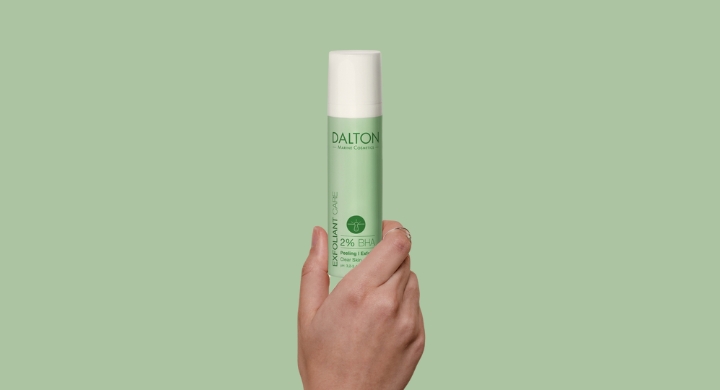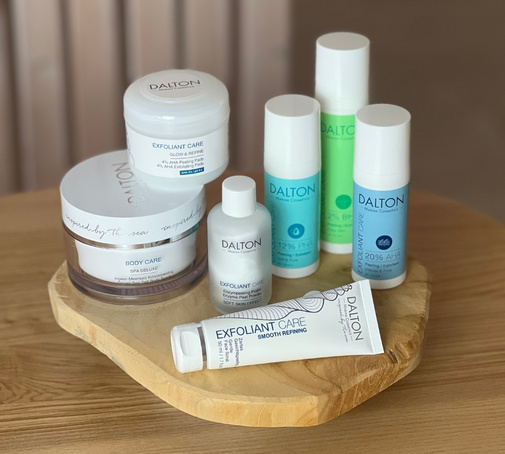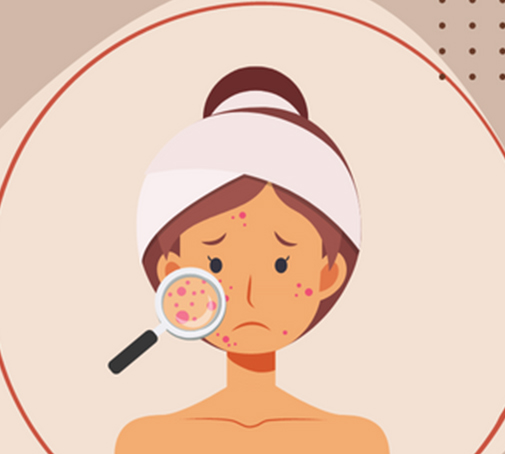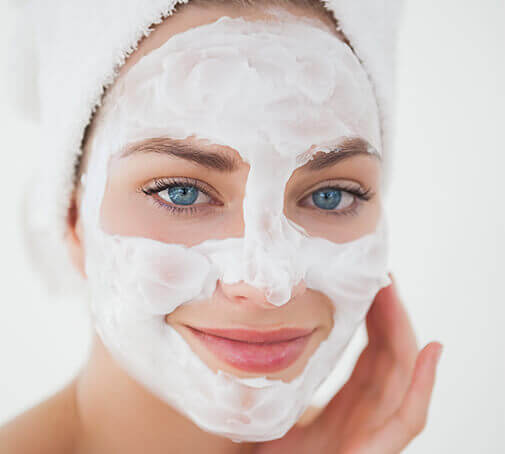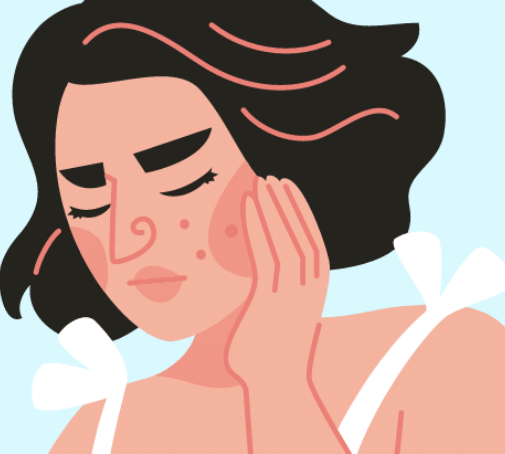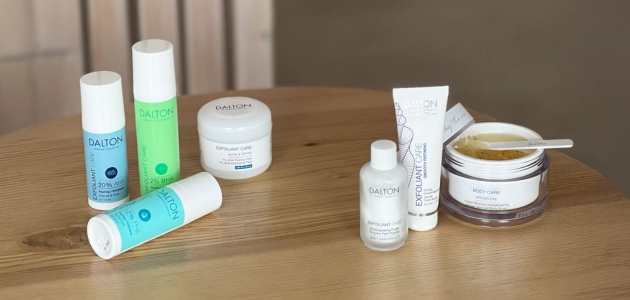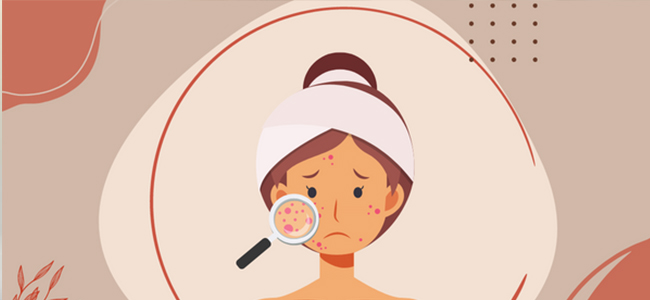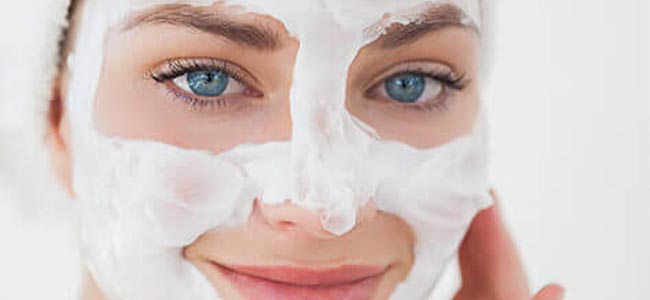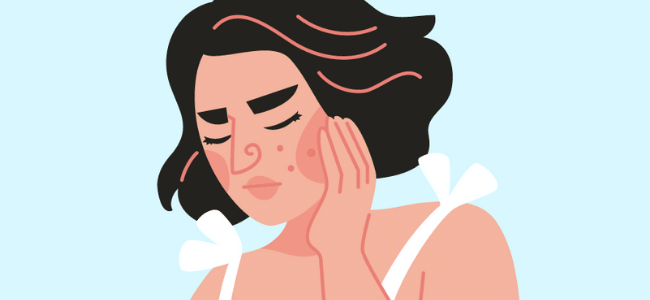
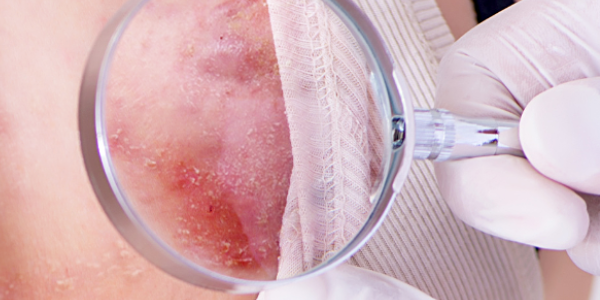
Acne inversa (Hidradenitis suppurativa)
Red, painful lumps on the skin? Acne inversa is not just a matter of small pimples. In severe cases it even requires surgical intervention. This makes it all the more important to educate people about the disease.
What is acne inversa?
Acne inversa (Hidradenitis suppurativa) is a non-contagious, chronic disease. It is characterized by small, inflamed lumps, nodules and pus-filled abscesses.
The therapy depends on the severity of the skin condition. If detected early, drug therapy may be sufficient. Some severe forms even require surgery.
Acne inversa is not only a physical challenge, since it is often associated with severe pain. It is also a psychological burden. Many patients have a long ordeal behind them before they are diagnosed. On the one hand, this is because those affected often wait too late to seek medical treatment out of a sense of shame and, on the other hand, because the symptoms are sometimes misinterpreted.
Symptoms
Acne inversa usually occurs in early adulthood, after puberty and before the age of 30. Women are more frequently affected than men. The areas affected include: Armpits, groin, genital and anal region.
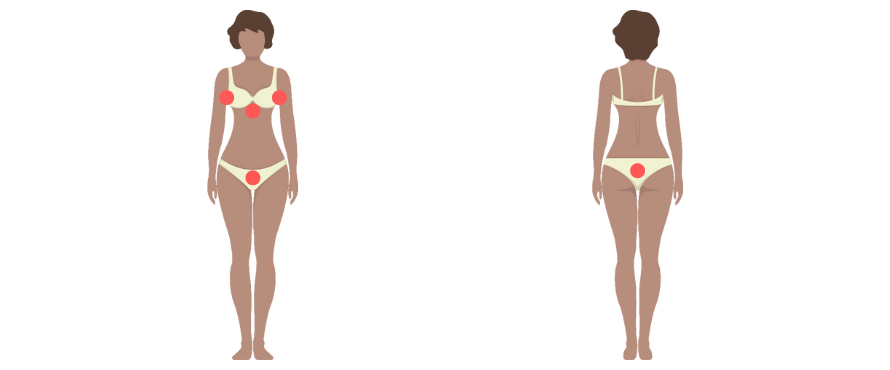

- Red (often painful), firm, pea-sized lumps
- In severe cases: Pus-filled abscesses with secretion
- Symptoms usually come and go in flare-ups
- Inflammation can regress spontaneously and recur or remain persistent
- Scarring depending on the severity
Acne inversa is often confused with the more well-known "conventional" acne (Acne vulgaris). Even though the symptoms can be very similar, the two skin conditions usually affect different regions of skin. Acne vulgaris mainly affects the face, décolleté and back.
How acne inversa develops
How do the pea-sized lumps that are characteristic of the disease develop? As always, it is a combination of several factors. It starts with inflamed hair follicles. These surround the hair root and give it support. It often affects the terminal hair, which refers to the thick, coarse hair commonly found on specific areas of the human body, including the scalp, face (beard), armpits and pubic region.
What causes the inflammation? The first stage is hyperkeratosis - a thickening of the stratum corneum, the outer layer of skin. The sebum, which is secreted by glands within the follicle can’t escape and begins to accumulate. Painful red, firm nodules appear on the surface of the skin. If the swelling gets worse, it can open up, allowing germs and bacteria to enter, which leads to inflammation. In the worst case, the smaller lumps can turn into pus-filled abscesses. These abscesses can join up with each other under the skin, break open and drain pus and bloody secretions. It is also possible for a fistula to form. Fistulas are branched, tubular ducts in the tissue. Depending on the degree of inflammation, surgical intervention is sometimes necessary.
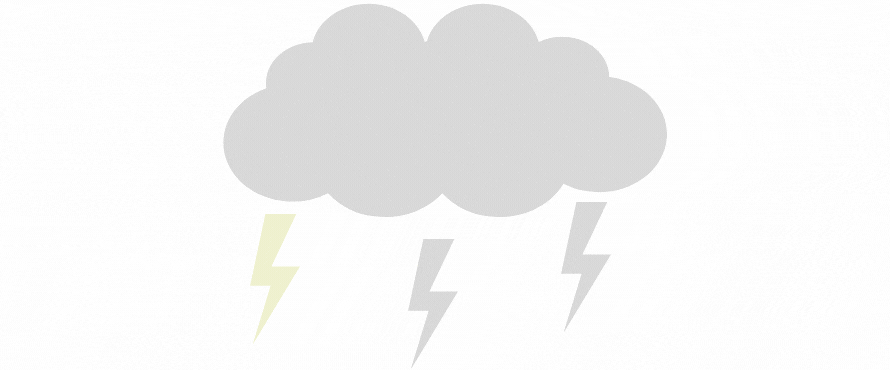



Possible causes
The exact cause of the chronic skin disease has not yet been conclusively identified. However, it is a fact that it must be a combination of several factors. Hereditary predisposition can be a potential trigger. Hormones can also contribute to the onset of the disease. Since more women than men are affected by the skin condition, it can be assumed that sex hormones in particular may be among the causes. What is also noteworthy is that acne inversa is often associated with chronic inflammatory bowel diseases, such as Crohn’s disease and ulcerative colitis, or rheumatic diseases. Other stimuli that can influence the symptoms are smoking, obesity, excessive sweating or irritation of the skin (e.g. shaving).
The different stages
The symptoms are grouped into three different stages of severity, which determine the treatment and therapy of patients.


Stage 1: Small lumps and single abscesses; no fistulas or scarring


Stage 2: One or more single abscesses with fistulas and scarring


Stage 3: Multiple interconnected abscesses across the entire area with fistulas and scarring


Stage 1: Small lumps and single abscesses; no fistulas or scarring


Stage 2: One or more single abscesses with fistulas and scarring


Stage 3: Multiple interconnected abscesses across the entire area with fistulas and scarring
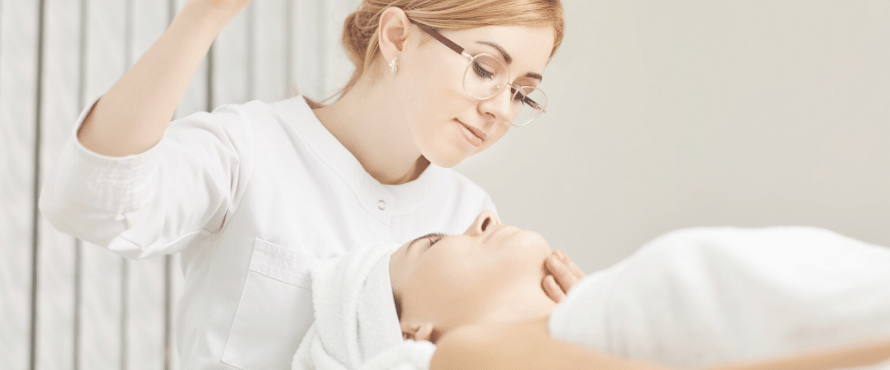



Treatment and therapy
Based on the current state of research, acne inversa cannot be cured, but there are various treatment options for affected patients. It is crucial to seek early treatment from a dermatologist. Unfortunately, Hidradenitis suppurativa is often diagnosed very late – for various reasons. Many patients put off going to the doctor due to shame or embarrassment. In addition, the chronic inflammatory disease is often misdiagnosed as folliculitis or furunculosis. Once acne inversa is recognized as such, the disease can be controlled with medication, laser therapy or surgery.
Hidradenitis suppurativa tips
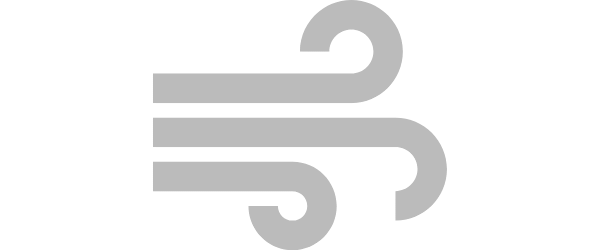

Proper clothing: Choose breathable and airy clothing to avoid skin irritation. If possible, wash at 60 degrees to kill bacteria.
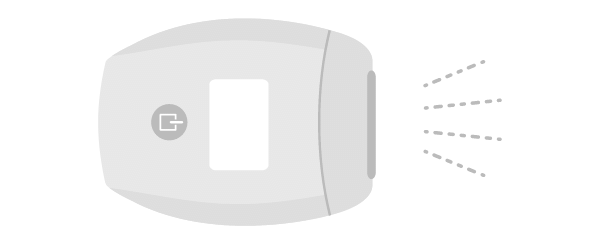

Hair removal: Avoid both wet and dry shaving. Hair clippers on the shortest setting or laser epilators are a great alternative.
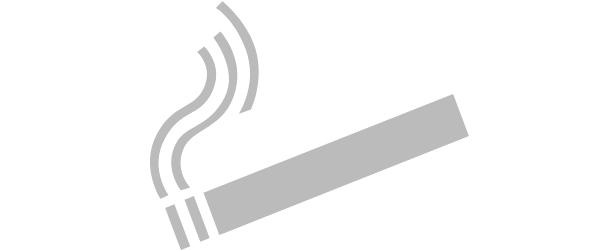

Healthy lifestyle: Smoking and obesity can make symptoms worse.
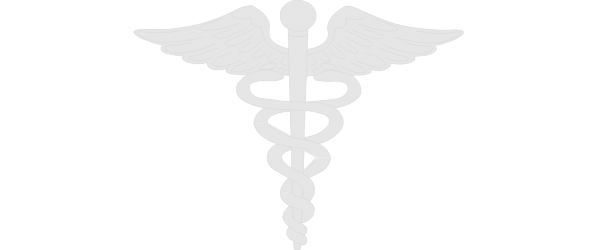

See a doctor early: Early diagnosis is important for effective treatment.
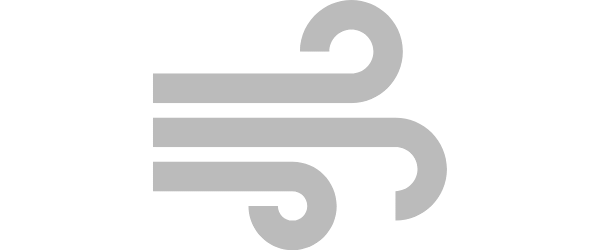

Proper clothing: Choose breathable and airy clothing to avoid skin irritation. If possible, wash at 60 degrees to kill bacteria.
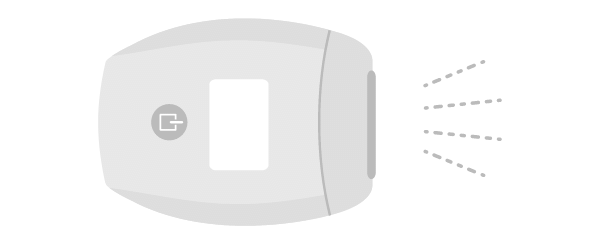

Hair removal: Avoid both wet and dry shaving. Hair clippers on the shortest setting or laser epilators are a great alternative.
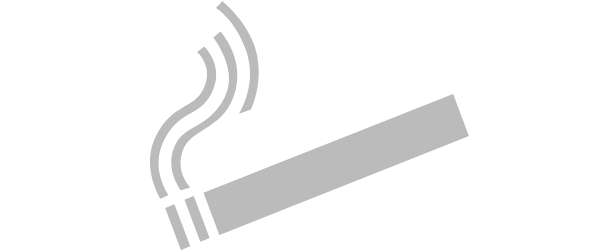

Healthy lifestyle: Smoking and obesity can make symptoms worse.
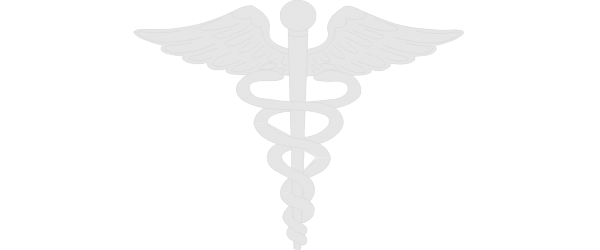

See a doctor early: Early diagnosis is important for effective treatment.
Skincare routine
If there is acute inflammation, skincare products have their limits and you should definitely seek medical advice. Nevertheless, skincare can be used as a preventative measure to protect the skin from germs and bacteria that promote inflammation. This includes cleansing with a cleanser that suits your skin type. Regular exfoliation is also important to remove dead skin cells and reduce keratinization. We recommend BHA peels in particular. They unclog pores, regulate keratinization disorders and help prevent breakouts and inflammation. You can also use the 10% Azelaic Acid Serum to improve the skin’s appearance in the long term. It has antibacterial and anti-inflammatory properties and relieves redness, while also regulating sebum production and reducing the appearance of blackheads and pimples.
SIMILAR POSTS
You Might Also Like

